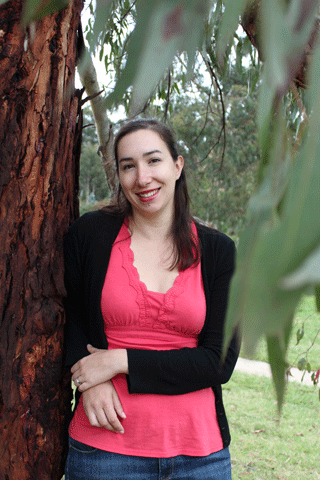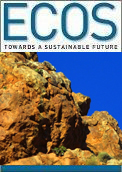
|
Published: 20 February 2012
Big trees the key to city wildlife
New research from The Australian National University (ANU) has revealed the role large trees play in sustaining biodiversity and bird life in urban environments.
The study, led by PhD candidate Karen Stagoll, examined large eucalypt trees in small suburban parks across Canberra. The team’s study is the first of its kind in the world and clearly shows that large trees in urban environments provide habitat resources crucial for wildlife.
Large trees are considered ‘keystone structures’, in that they provide ‘resources like food, nest sites and shelter for wildlife, in agricultural and forestry production landscapes,’ says Ms Stagoll.
‘We found that parks with more large eucalypts had more bird species and higher bird numbers, including more native woodland-dependent birds, some of which are declining in Canberra and the surrounding region. Birds were also more likely to breed in parks with large trees.
‘We also found that if parks had really large, old trees they had more birds than parks with only smaller trees,’ says Ms Stagoll.
Large trees in urban environments need to be managed managed properly if cities are to maintain a diversity of wildlife.
‘Large eucalypts are protected in the ACT, but measures may not go far enough,’ says Ms Stagoll. ‘We found that 14 per cent of trees measured were significantly important for birds but miss out on formal protection. It is likely that similar trees are at risk in other cities in Australia and the rest of the world.’
Large old trees are often considered a danger to public safety, but Ms Stagoll urges land managers to address this with strategies other than tree removal. Risky trees could, for example, be fenced off or landscaping could minimise risk.
Ms Stagoll wants us to start planning now for a future with large trees in our urban centres. ‘It takes decades for a newly planted sapling to grow into a large tree, so we need to think and act early.’
The findings from this study, jointly funded by the ANU and the ACT Department of Environment and Sustainable Development, have been published in the journal Conservation Letters.
Source: Australian National University




